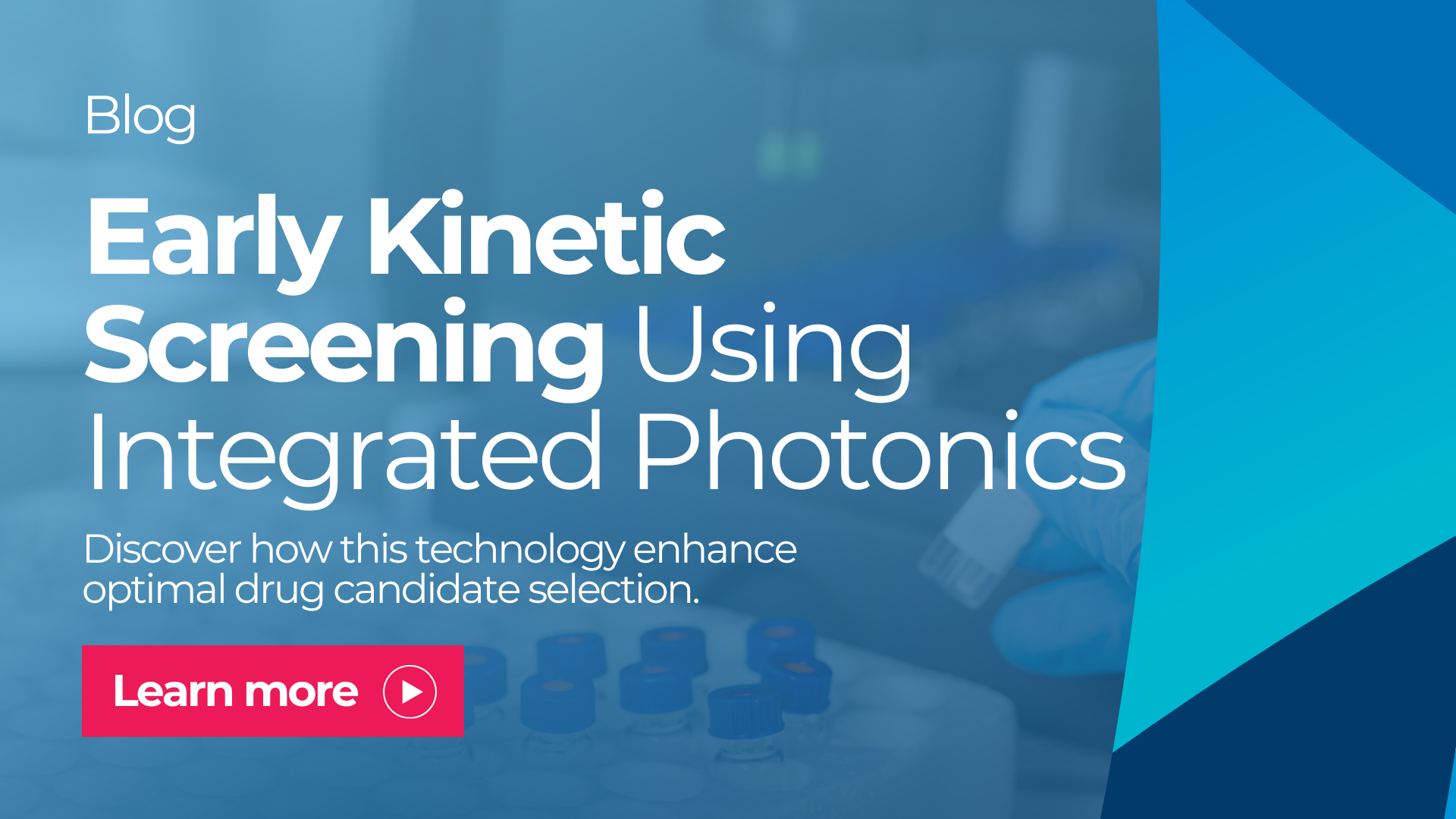In biomedical innovation, Delta Diagnostics stands at the forefront with its pioneering use of integrated photonics in high-plex biosensing. This article provides an in-depth exploration of how this cutting-edge technology is set to transform the field of drug discovery. Delta Diagnostics’ approach facilitates high-plex detection and introduces a paradigm shift in high throughput screening, thereby revolutionizing the initial stages of drug development. A critical focus of our discussion is the role of early kinetic screening in mitigating the risk of prematurely discarding promising drug candidates.
High Throughput Screening: A Shift in Drug Discovery
At the core of Delta Diagnostics’ strategy lies the application of integrated photonics, which enables the coexistence of multiple biosensors within a compact chip. This integration is a significant stride forward for high-plex detection and advancing high throughput screening to previously unattainable levels.
Drug discovery is inherently complex and time-intensive. Historically, early stages predominantly involved affinity measurements, primarily carried out through ELISA tests. Although these tests yield valuable data, they provide only a partial view. A critical element often overlooked is the kinetics of the interactions between potential drug candidates and their targets.
(Early) Kinetic Screening
The kinetic understanding of molecular interactions is crucial in drug discovery. It encompasses more than the mere strength of a compound’s binding to its target (affinity); it also includes the speed and reversibility of this binding. Kinetic screening thus offers pivotal insights into these dynamics, granting a more nuanced comprehension of a compound’s pharmacological profile.
Conventionally, kinetic screening was relegated to the later phases of drug discovery due to technological constraints. However, Delta Diagnostics’ innovative use of integrated photonics makes early kinetic screening possible and highly efficient. The implications of this advancement are profound:
- Reducing Attrition: Many potential drug candidates are excluded in the discovery process because they exhibit promising affinity but fail when their kinetic properties are evaluated in subsequent stages. Early kinetic screening identifies these issues sooner, curtailing the likelihood of costly late-stage disappointments.
- Enhanced Candidate Selection: By incorporating kinetic considerations early in the drug discovery process, researchers can select candidates with a strong binding affinity and favourable kinetic profiles, thereby improving the chances of successful drug development.
- Conservation of Time and Resources: Early kinetic screening streamlines the drug discovery pathway. Researchers can swiftly pinpoint compounds with desirable kinetic properties, allowing them to allocate resources more effectively towards the most promising candidates.
Integrated photonics is on the verge of revolutionizing drug discovery by facilitating early kinetic screening. This advancement in assessing molecular interactions promises significant improvements in selecting the most suitable drug candidates, thereby reducing attrition rates. As we progress, the field anticipates more efficient and fruitful drug development processes, ultimately leading to advanced treatments and therapies for many diseases. Delta Diagnostics remains at the helm of these exciting advancements in life sciences, continually expanding the horizons of what is achievable. Stay tuned for further groundbreaking developments in this domain.

